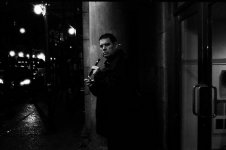Mean Panda
Established
Thank you all for your vote and suggestions. M3, M7, and MP are the winners so far. My M3 viewfinder is crystal bright indeed, it works great, but a built-in meter is useful for night metering. I am quite surprised that M6 is far behind the MP....





